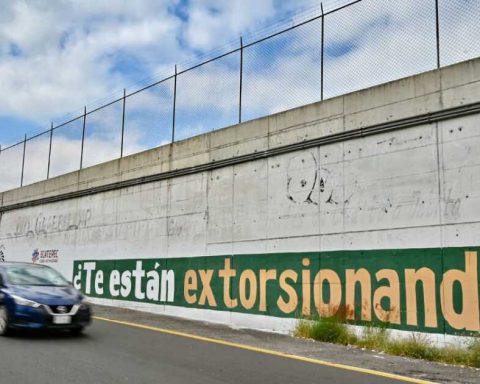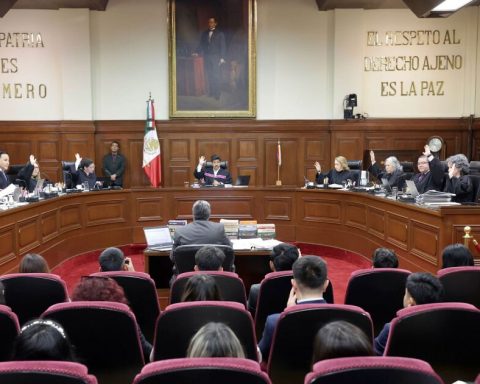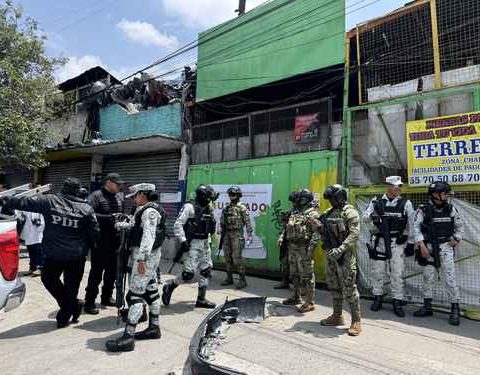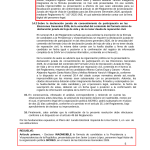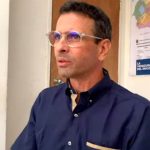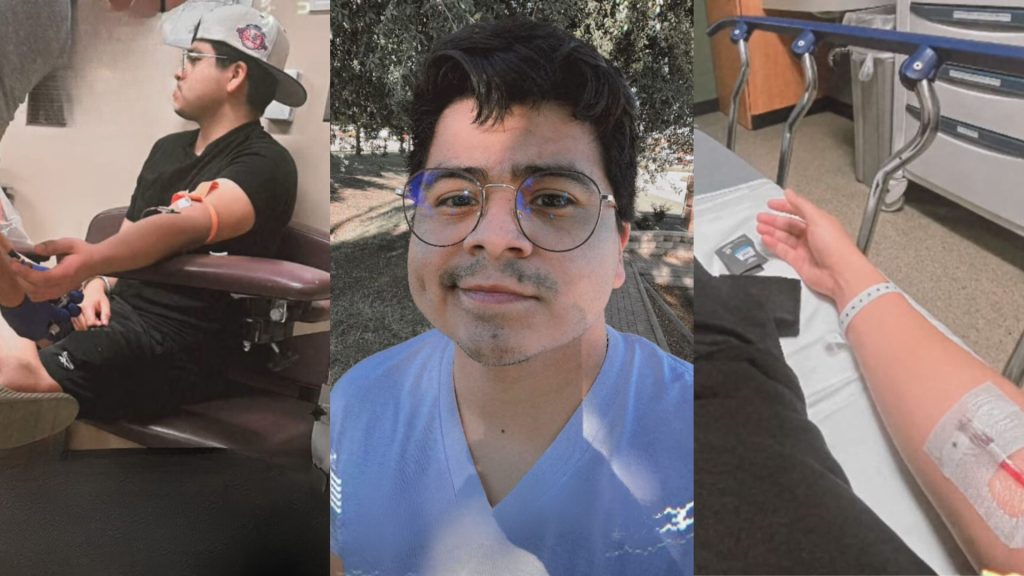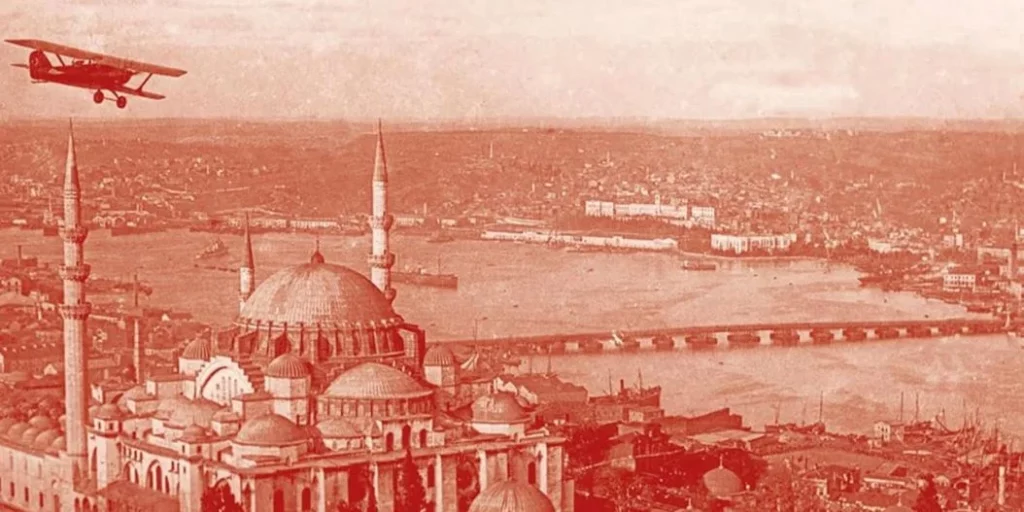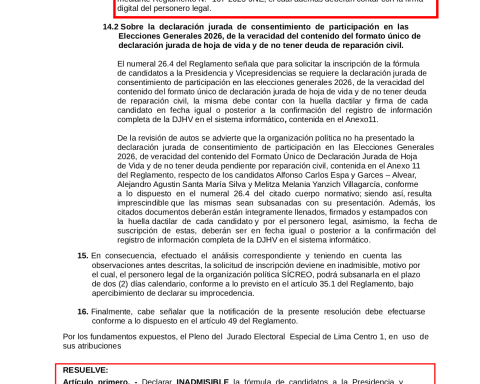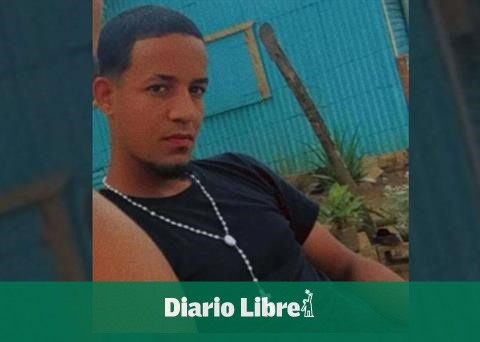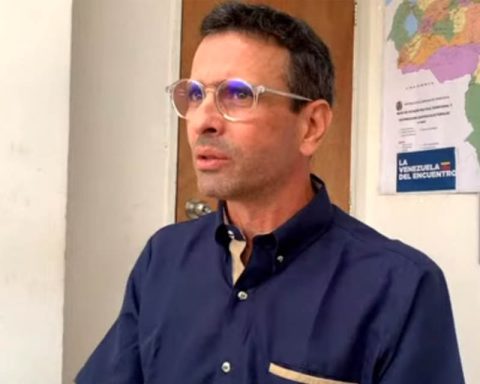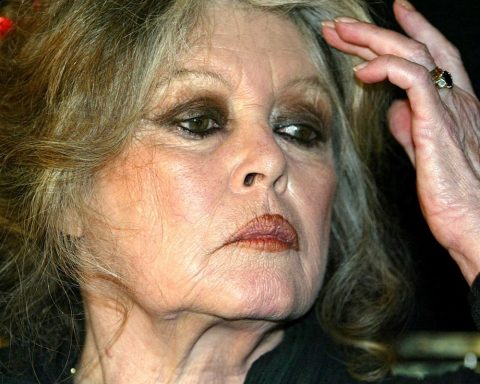OR
No. After the strategic meeting of the BRICS+ countries (Kazán, 10/23-24/24), and on the eve of the G20 summit (Rio de Janeiro, November 18-19), four Rio universities held a meeting to analyze the legacy from the epic magazine Third World Notebooks ( CTM), which marked a milestone in journalism in Latin America and the Caribbean (1974-2006).
Two. Coordinated by Dr. Beatriz Bissio, the Journalism and Democracy seminar was attended by Brazilian communicators, researchers from Indonesia and Canada, and former correspondents from CTM which, at the time, contextualized the neocolonial problems distorted by Western news agencies.
Three. In an essay published at the end of 2015, Beatriz points out that the idea of CTM It was promoted by Neiva Moreira (1917-2012), legendary Brazilian journalist and politician who in Algiers covered the fourth conference of the Non-Aligned Countries (Noal, September 1973). There, Neiva established contact with leaders of independent countries and liberation movements in Asia and Africa. Sad fact: Salvador Allende attended the conference, and two days after the summit ended, upon his return to Chile, he was overthrown by the fascist coup of September 11.
Four. Neiva returned from Algiers with the mission
to disseminate the topics debated by the Noal. In particular, the urgent need to promote a new international information order (NOII), which inevitably had to accompany the economic and political ideals of yesterday called Third World
and today South-Global
. A challenge that numerous communication theorists had been addressing since 1960.
Five. By then, Neiva and Beatriz were residing in Buenos Aires, exiled by the military dictatorships of Brazil and Uruguay. But they were not alone. With them, Eduardo Galeano, Mario Benedetti, Eric Nepomuceno and the Argentine journalist Pablo Piacentini, founder of the agency Inter Press Service (IPS, 1964), directed by the Italian-Argentine economist Roberto Savio.
Six. In a context seventies
the first issue of the CTM (September 1974), which soon aroused the enthusiasm of journalists, academics, intellectuals, researchers and political leaders. However, after the death of President Juan Domingo Perón (July 1), three hooded men from the Argentine Anti-Communist Alliance visited Neiva and Beatriz at night, giving them 24 hours to leave the country.
Seven. The team of CTM He regrouped in Peru, although at a time when the nationalist process led by General Juan Velasco Alvarado was beginning to turn right. Finally, Neiva and Beatriz relaunched the CTM in Mexico (1976), to more than one edition in English for the United States and the Caribbean nations, by the Mexican Fernando Molina. And another in Portuguese, in Lisbon.
Eight. My experience as a correspondent CTM It took place from 1978 to 1982 in Ecuador, which with President Jaime Roldós led the recovery of democracy in LA. Roldós was the first ruler to travel to Managua, to extend the solidarity of his people to the Sandinista revolution (1979). Thing that the sinister Operation Condorconcocted by Washington and the CIA, with the regimes of the national security
of the Southern Cone, they pointed out in their priority agenda.
Nine. In fact, with the arrival of Ronald Reagan to the presidency (January 1981), the planes of Third World leaders began to suffer mysterious technical mishaps
. The one carrying Roldós, his wife and the Minister of Defense exploded in flight (5/24/1981) and, weeks later, that of Velasquista General Rafael Hoyos, commander in chief of the Peruvian Army, fell (6/5/81). And Panamanian general Omar Torrijos died after his helicopter crashed (7/31/1981). Nothing different from the fate brought by the racist regime of South Africa to Samora Machel, independence leader of Mozambique (10/19/1984).
Ten. CTM He interviewed leaders such as Roldós himself, Torrijos, Velasco Alvarado, Machel and Fidel Castro and, along with others, Nelson Mandela, Yasser Arafat, Muammar Gaddafi, Saddam Hussein, Agostinho Neto, Julius Nyerere, and the Irishman Sean MacBride, director of the historical report that analyzed the challenges of the NOII ( One world: multiple voices , UNESCO, 1980).
Eleven. In the last paragraphs of the aforementioned essay, Beatriz Bissio asks what a magazine launched by independent journalists, without a large structure and without large capital behind it, could do in the face of the power of the large media corporations. “It may seem – he points out – to be a quixotic undertaking… and it was! But the project was based on the conviction of the founding group, and of the numerous collaborators who joined over the years, that a grain of sand makes a difference in the desert.”
Twelve. Inspired by the principles of the Bandung Afro-Asian Conference (Indonesia, 1955), and the Non-Aligned Movement (Belgrade, 1961), the ideals of CTM and the NOII remain in force. And it is up to BRICS+ to take them back.
